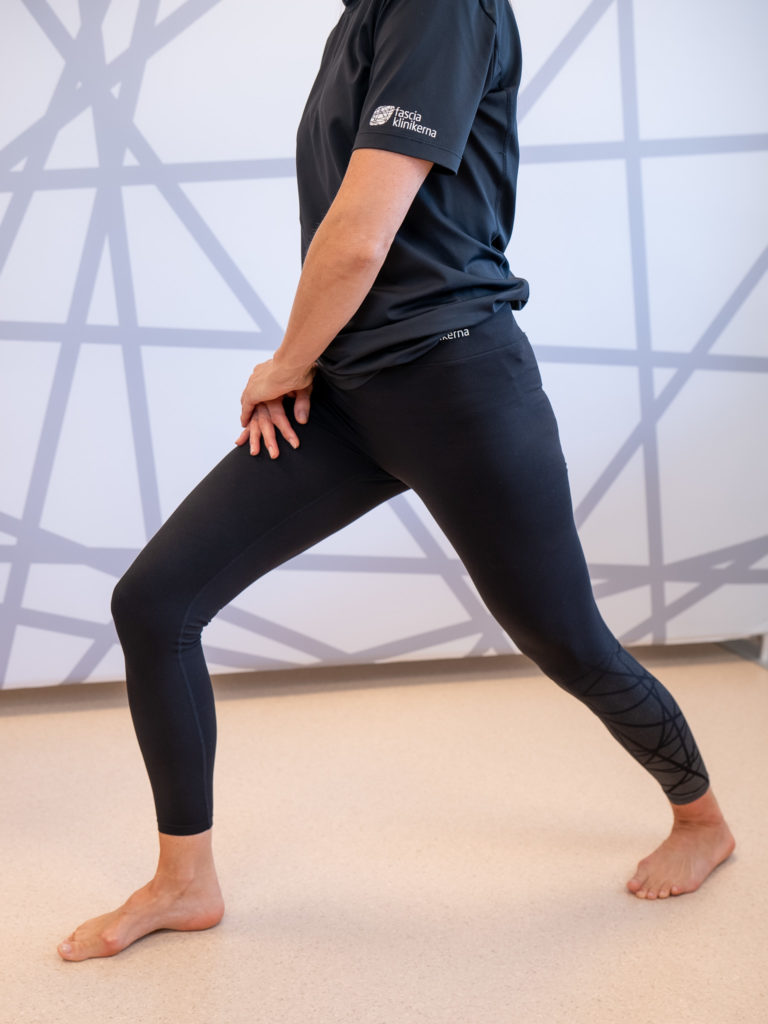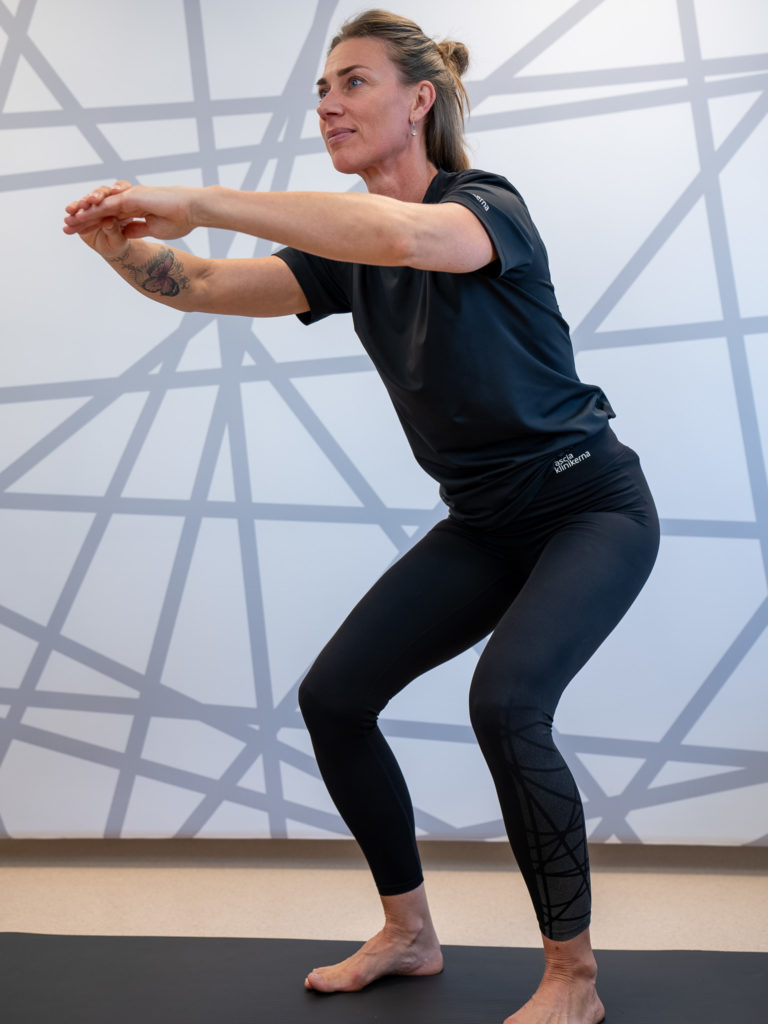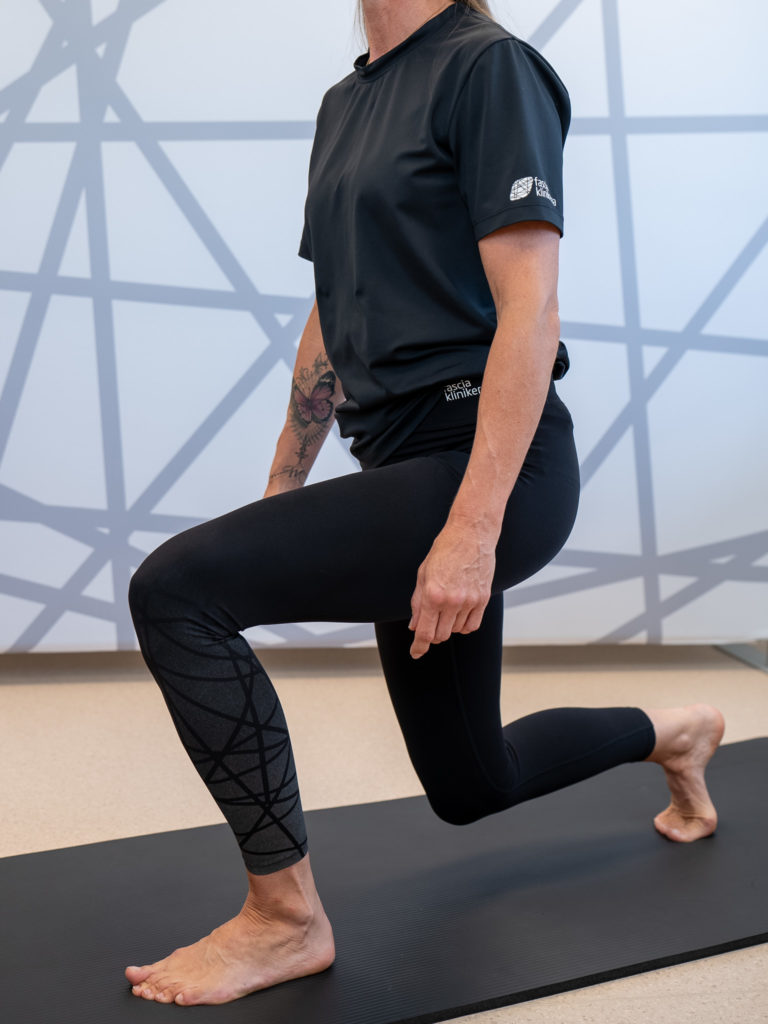Overworked knee treatment

Knee problems are a common condition. It is common for athletes and physically active individuals to suffer from knee strain. If you suffer from knee overuse, you may experience symptoms such as pain, swelling and reduced mobility.
What causes overworked knee?
Overuse in the knee can be the result of constant strain on the knee joint, especially during activities involving jumping, running and vigorous rotation. Other factors contributing to overuse may include improper technique during physical activity, imbalances in the musculature around the knee joint and poor exercise routines.
Overworked knee symptoms?
The symptoms of overworked knees can vary depending on the individual and the degree of overexertion. Generally, overworked knees can cause pain, swelling, stiffness, and in some cases, instability of the knee joint. The pain in the knee can be constant or only occur during activity.
When and where should I seek treatment for a overworked knee?
If you have persistent knee pain that prevents you from performing normal activities, you should consider seeking help from a doctor to rule out serious injury. Attending treatment at the Fascia Clinics can be a good complement to the healing of your knee.
How is the treatment of an overworked knee done?
At the FasciaClinics we analyze the whole body to see where compensations and imbalances exist and how they have spread. If there is a primary misalignment in the body, imbalances can spread further in the body, making it easier for muscles and tendons to overwork. Fascia treatment for overworked knees involves balancing the body to make the load on the knees more even and thus reduce the risk of strain. The entire pelvis is corrected and the spine and legs are balanced and relieved. The treatment is done both manually and mechanically with gentle vibrations. The vibration removes congestion in the fascia and starts its flow so that the cells can absorb substances more easily. This improves the body’s own ability to heal itself. The treatment does not hurt and is often experienced as very pleasant.
Overworked knee – What can I do myself?
Self-care for an overworked knee starts with RIKH (Rest, Ice, Compression, Elevation) to reduce pain and swelling. It is important to avoid activities that increase pain in the knee. You can also perform gentle movements and light stretching exercises to help keep the knee flexible and prevent stiffness. Self-massage can also be beneficial to reduce tension and pain and increase circulation.
Overworked knee exercises
Exercises from a physiotherapist or a good personal trainer can help strengthen the muscles around the knee and improve stability. These can include leg presses, squats, lunges and more. Relaxation exercises and stretching can also help improve knee joint flexibility and health.



Frequently asked questions and answers about overworked knee symptoms
Overworked knee healing time
The healing time of a knee overuse injury varies depending on the severity of the overuse and the health status of the individual. Healing can take anywhere from a few weeks to several months.
What does an overworked knee feel like?
Usually, an overworked knee is characterized by pain, stiffness, and sometimes swelling. The pain can worsen with activity.
Overworked knee cycling
Cycling can actually be a good activity to help recover from an overworked knee, provided it is done correctly and does not cause more pain. Warmth and stretching before and after cycling can also be helpful.
Understanding and caring for your overworked knee is important for a good recovery. By combining treatment from healthcare specialists with self-care and regular exercise, you can help your knee recover and prevent future injury.
 Search
Search































